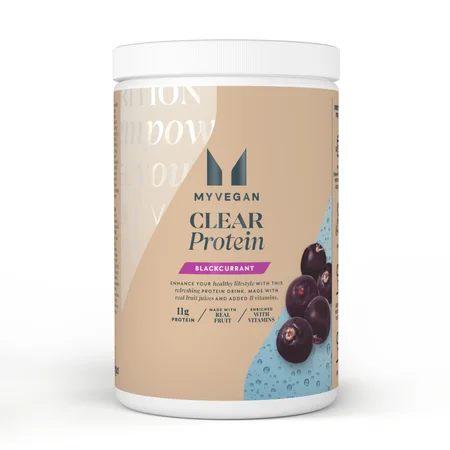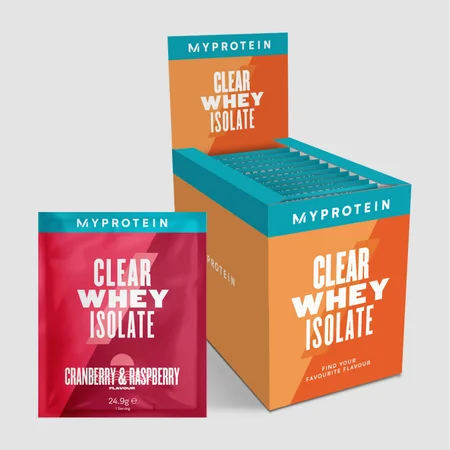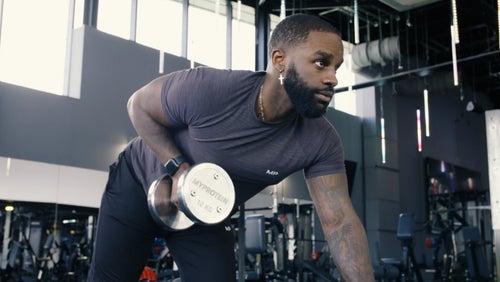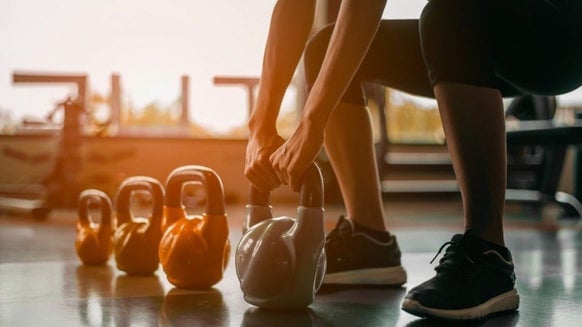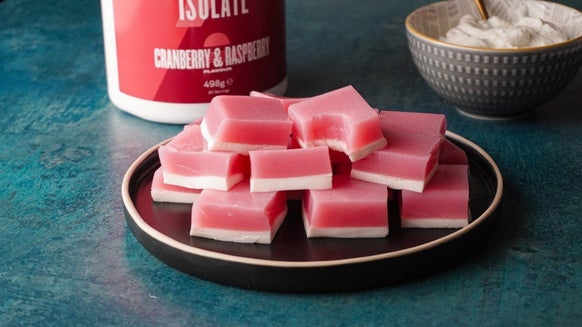Cool Downs — What You Can & Can’t Afford To Skip

We’ve all been guilty of running out of the gym as soon as we set the weights down. If you’re super busy and just don’t feel like a cool down is worth your time, then we understand, but what are the repercussions of skipping out on a good stretch? Should you be factoring in some time to cool down after your ‘main’ session? Let’s find out.

What defines a proper cool down?
Cooling down is the period after you have exercised where you perform either active or static exercises to decrease your heart rate and stretch your muscles.
Cool down exercises are defined as light exercises that help your body to transition from working hard to resting. The proposed purpose of cooling down after exercise is to allow your heart rate and breathing to return to normal, to promote relaxation, prevent blood pooling and to help prevent feelings of dizziness and nausea because of said blood pooling.
So, whether it’s a few minutes walking on the treadmill after some intervals, or a good stretch of the hamstrings after your deadlifts, a cool down is often seen as the start of your post-workout recovery.
Are cool downs important?
The evidence for this is uncertain, however, based on what’s currently available, active cool downs have been deemed largely ineffective for post-exercise recovery.
What this really means, though, is that the benefits of cooling down depend on how you’ve been exercising and which cool-down methods you are using. Cool downs can be particularly effective when combined with static stretching and foam rolling.
We know that foam rolling after a tough session is painful, but the evidence is promising in promoting recovery. This essentially means that, if you feel like you need it, then you should absolutely do it (even if you hate every minute).
Although it may be painful, a good stretch and roll out has its place, but which specific workouts would benefit from a cool down? When looking at different types of sports, research has found that, in endurance sports such as marathon running, cooling down may be especially important.
When it comes to endurance sports, cool downs are said to help regulate blood flow throughout the body after a session, which helps the muscles recover after working hard.
So, you’ve done your workout and endured a cool down – your muscles should feel limber and ready to go again the next day, right? Wrong. The annoying part is that, while cooling down may help you improve your flexibility, it doesn’t appear to completely prevent muscle stiffness and soreness after exercise, though more research is needed.
Why cool down?
Some proposed benefits of active cool downs combined with static stretching and foam rolling include:
Prevention of injuries: Cool downs can help to prevent injury by helping to mobilise soft tissue structures and can provide effective methods for us to improve our flexibility and thus the range of movement available at the joint. When it then comes to our next training session, we will be more mobile which helps to reduce the risk of muscles and tendons being strained from being over-stretched.
Removal of lactic acid: An effective cool-down promotes blood flow and helps to circulate lymphatic fluid. Together, this can help with the removal of cellular waste products because of exercise, such as lactic acid. This can ultimately help to improve the rate at which the muscle is able to recover from exercise.
Reduction of DOMS: Some studies suggest that an effective cool-down (including foam rolling) can help to alleviate the effects of DOMS, reducing the severity of soreness that is experienced, although the mechanisms by which this is achieved remain unclear.
Lowering heart rate: An effective cool-down can help to gradually lower your heart rate, reducing the risk of things like blood pooling in the lower limbs, and thus helping to prevent adverse symptoms such as nausea and dizziness.
Now, weighing up the pros and cons, we would say it’s worth spending an extra 10 minutes allowing your heart rate to settle whilst stretching out those muscles.

How to cool down
It’s a good idea to stretch when you’re cooling down because your limbs, muscles, and joints are still warm. Warm muscles mean improved blood flow to these areas.
Stretching can help to reduce the build-up of lactic acid (the burning sensation in your limbs when you’re sprinting), which can lead to muscles cramping and stiffness. So, ideally, you want lactic acid to be out of your muscles as soon as possible after a workout.
Try this:
1. Whatever exercise you are doing, let’s say for example you’re running, for the last 5 minutes, gradually decrease your speed and start to walk, (ideally with your heart rate below 120 beats per minute).
2. Once you’ve stopped, hold each stretch for 30 seconds. The stretch should never be a sharp shooting pain; this is a sign that you need to stop. Don’t bounce, as this doesn’t allow the muscle to relax and stretch out.
3. Don’t forget to breathe. Breathing enables more oxygen to get to your muscles, allowing a quicker relaxation time.
4. Always hydrate after your session. Small sips of cool water will decrease your body temperature and allow you to replace the fluids lost through sweat.
Cool Down Exercises
There are no single cool down exercises that you must do (and there are a lot of them!), so we’ll list a few of our favourites here:
Pigeon Stretch
- Sit on the floor, but with one leg in front and one leg behind (as if you are trying to do the splits!).
- Bend the front knee, allowing your shin to cross in front of your body.
- Lean into the flexed knee, which should be flat on the floor. Make sure to keep the other leg out behind you.
- Hold this stretch for up to 30 seconds before performing on the opposite side.
Childs Pose
- A common pose in yoga – this stretch requires you to get into a fully kneeling position, sitting on your calves. You can open your hips slightly so that you sit slightly in between your calves.
- From here, bend at the hips, allowing your torso to fold forwards to the ground.
- Stretch your arms out overhead to maximise this stretch.
- Hold for around 30 seconds.
Pectoral Stretch
- Stand next to the corner of a wall or a doorframe and hold onto it with one arm.
- Facing forwards, lean into this position to stretch the pectoral muscles of your chest.
- Hold for up to 30 seconds to maximise the effectiveness of this stretch.
Take home message
Although the evidence seems to be controversial with cool downs (especially active cool downs), we can’t deny that the proposed benefits are still there. Take 10 minutes out of your session to bring down the speed and intensity of the movement and end with some longer stretches while bringing your breathing under control.
It’s still a great way to finish up, even if it’s just to take time to celebrate a good workout!
READ THIS NEXT:
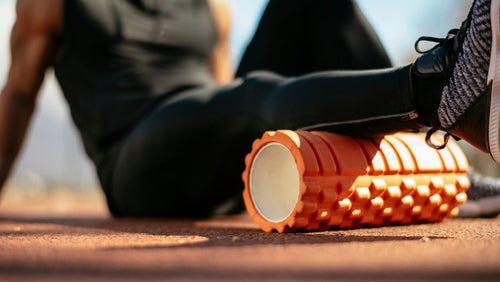
Foam Roller Exercises For Upper & Lower Body | Release Muscle Tension
Reduce DOMS with these foam roller exercises.

1. Physical Activity Guidelines for Americans. 2nd ed. U.S. Department of Health and Human Services. Accessed May 6, 2019.
2. Physical Activity Guidelines for Americans. 2nd ed. U.S. Department of Health and Human Services. Accessed May 6, 2019.
3. Van Hooren B, Peake JM. Do We Need a Cool-Down After Exercise? A Narrative Review of the Psychophysiological Effects and the Effects on Performance, Injuries and the Long-Term Adaptive Response. Sports Med. 2018 Jul;48(7):1575-1595.
4. Van Hooren B, Peake JM. Do We Need a Cool-Down After Exercise? A Narrative Review of the Psychophysiological Effects and the Effects on Performance, Injuries and the Long-Term Adaptive Response. Sports Med. 2018 Jul;48(7):1575-1595.
5. Physical Activity Guidelines for Americans. 2nd ed. U.S. Department of Health and Human Services. Accessed May 6, 2019.
6. Physical Activity Guidelines for Americans. 2nd ed. U.S. Department of Health and Human Services. Accessed May 6, 2019.
7. Van Mechelen, W., Hlobil, H., Kemper, H. C. G., Voorn, W. J., & de Jongh, H. R. (1993). Prevention of running injuries by warm-up, cool-down, and stretching exercises. The American Journal of Sports Medicine, 21(5), 711–719.
8. Warm up, cool down. American Heart Association. Accessed May 6, 2019.

